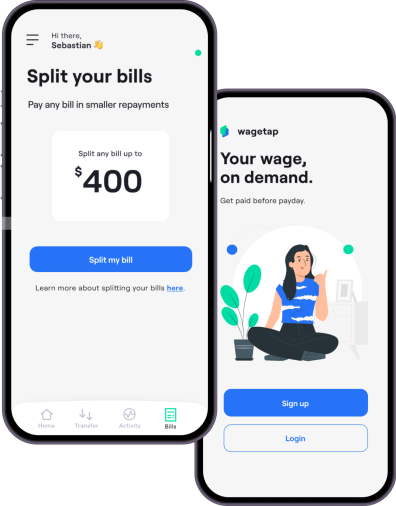5 Simple Investment Strategies for People Who Don’t Like Risk

If you want to grow your money without taking big risks, these five simple investment strategies offer peace of mind and steady progress—even if you’re new to investing or just prefer to play it safe.
5 Straightforward Investment Options for People Who Prefer Low Risk
If the idea of wild markets keeps you up at night, worry not—you're not alone. Investing doesn't need to be stressful or overwhelming. With the right tactics, you can accumulate wealth steadily without losing sleep—or your sense of financial peace of mind.Below are five low-stress investment methods that can enable you to build wealth with confidence.1. Invest in High-Quality Bonds and Bond Funds
For conservative investors, bonds make sense. Government and high-quality corporate bonds have stable interest income and tend to be less volatile than stocks.If you like simple, bond mutual funds or exchange-traded funds, diversify your money among several issuers and maturities, so if one bond fails, it has less effect.Why it works: Bonds tend to go up in price when stock markets decline, which keeps your portfolio in balance. And reinvesting interest payments makes your money earn interest without much extra work.2. Utilise High-Yield Savings or Money Market Accounts

3. Create a Laddered Certificate of Deposit (CD) Portfolio
A CD ladder diversifies your investment in several different-maturity CDs—perhaps six months, one year, 18 months, and so forth. This arrangement keeps your money making increased rates while still allowing you to access funds from time to time.Why it works: It reconciles higher returns on longer CDs with flexibility on shorter terms. You don't tie up all your money in a long-term CD that keeps your funds committed.4. Think about Low‑Volatility ETFs
Certain ETFs are actually designed to minimise stock market volatility. Low-volatility funds invest in steady industries or employ tactics that seek to level out swings.Why it works: You continue to be a part of market growth, but with fewer wild fluctuations. It is a nice middle ground between bonds and riskier investments in stocks.5. Practice Dollar-Cost Averaging (DCA)

Putting It All Together
A well-rounded, low-risk portfolio might look like this:- • 40–60% bonds or bond funds
- • 20–40% low‑volatility ETFs
- • 10–20% cash or high-yield savings
- • CD ladder filling in the liquidity gaps
Managing Your Risk Over Time
Low-risk investments need periodic attention, too. Each year, go through your portfolio:- • Rebalance if one sector has moved far from its target.
- • Compare CD interest rates and high-yield accounts.
- • Monitor fees, expense ratios, and account charges that can erode returns.
Wage Advance: A Cushion of Safety—Not a Substitution

Bottom Line
Investing doesn't have to be dangerous in order to be profitable. Merging bonds, cash, CDs, low-volatility funds, and dollar-cost averaging can increase your money in a peaceful, steady manner. And when life throws you a curveball, resources like wage advances come into play.Smarter investing is a matter of consistent routines, not exploding returns. As you create your future, you'll probably discover that steady always trumps crazy, and cautious, high-probability steps can build confident momentum.App StoreGoogle PlayFor additional help in improving your spending habits, you can always download Wagetap. It is a leading wage advance and bill split app that allows you to access your pay early. Emergencies can always happen and Wagetap can help you handle life's unexpected expenses.
Share this post
Download Wagetap today
Get your Pay On demand with Wagetap
Subscribe to our Newsletter

© 2025 Wagetap All rights reserved
Digital Services Australia V Pty Ltd


